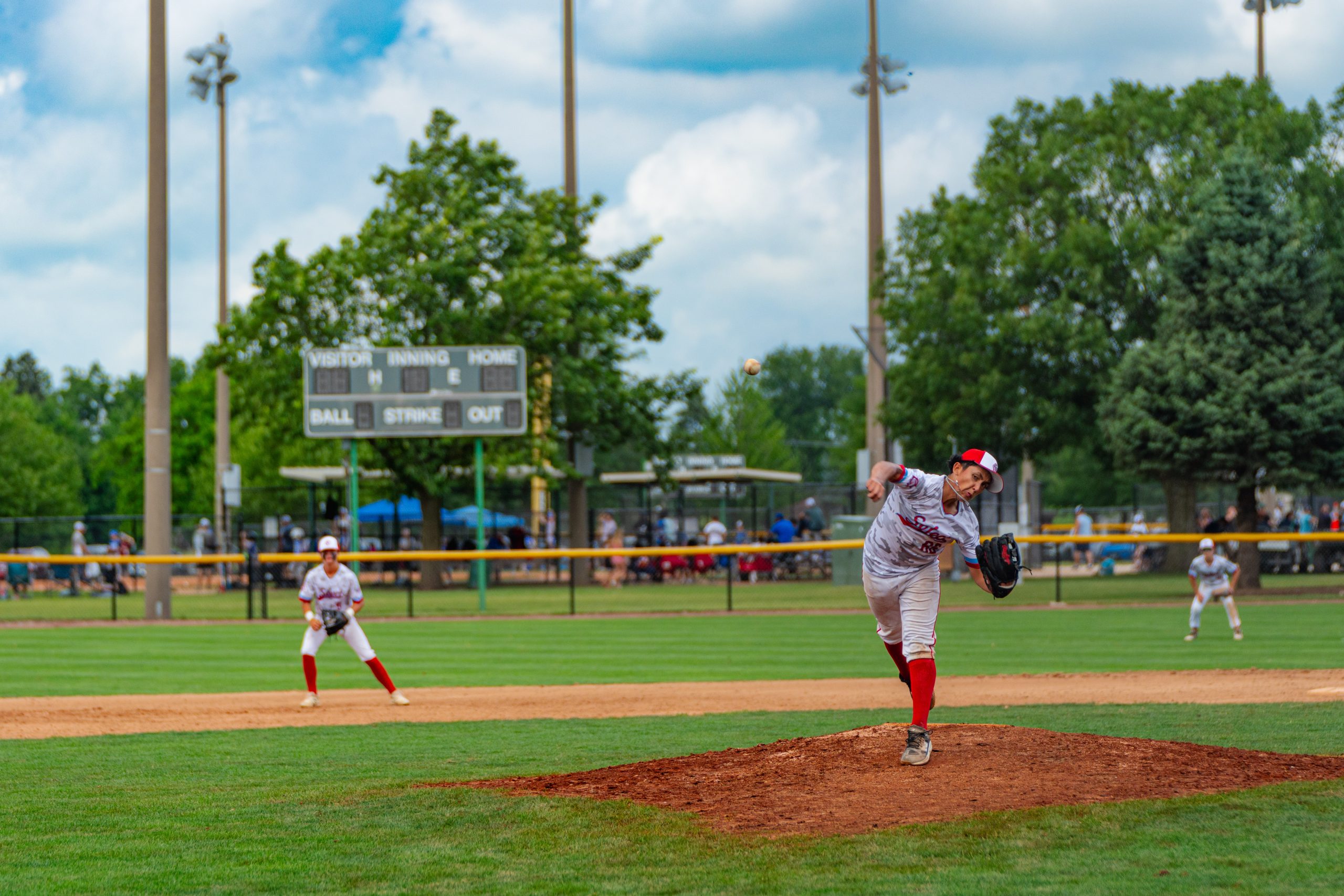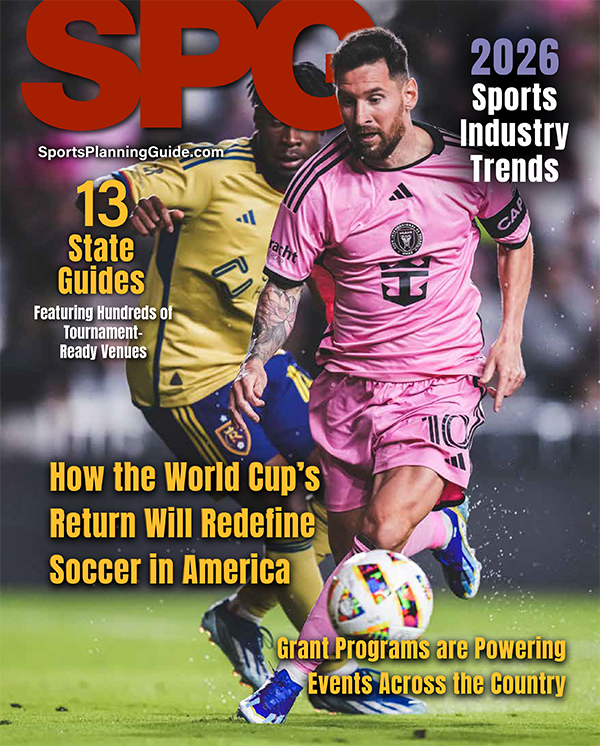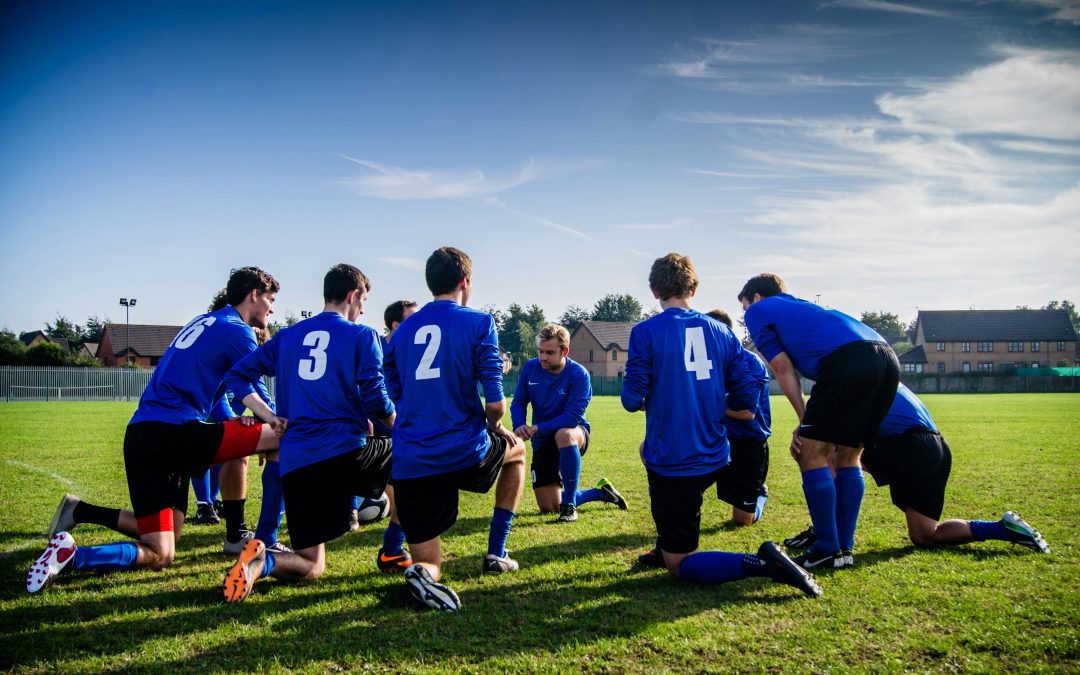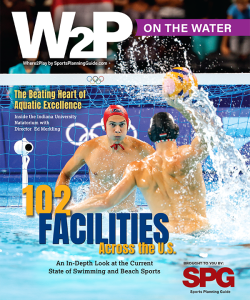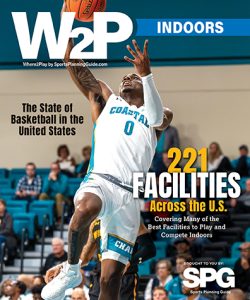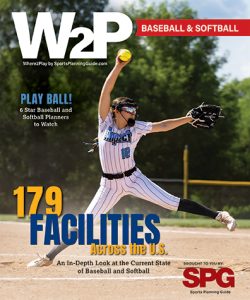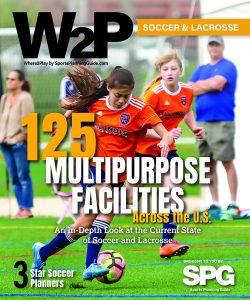When you think of baseball, iconic cities come to mind: Chicago, Boston, St. Louis, New York. Football probably brings up visions of Dallas, Miami or San Francisco. Most of these associations come from the presence of professional sports teams, as well as the sheer size and familiarity of these cities.
But if you were to think of youth soccer or equestrian, what city would come to mind then? How about Overland Park, Kansas or Ocala, Florida? These locales have made a name for themselves as elite destinations for specific sports, creating a strong brand that resonates with sports planners, teams and athletes.
Having a sports identity, however, is more than just choosing one or two sports at which to excel. It is about knowing your city’s capabilities and appeal, and selling those factors to potential guests. It is about determining the right fit for the community and marketing to the events that will do the most for it. Bottom line: it’s about knowing who you are and having a passionate community that supports your efforts.
Small communities have been battling with the big boys for sports business for years. One of the biggest challenges is size, both when it comes to facilities and budgets. Most small to mid-size cities do not have the kinds of sports venues found in major metropolitans. This limits the type and amount of events a city can host each year. As a result, cities have reevaluated their strategies to attract non-traditional sports, find niche markets that fit within their means, aggressively market their strengths to sports directors and grow the support of the community.
So how does one begin to build a sports brand? It tends to start with facilities and what the city can handle.
“At the very beginning, we took a look at all the facilities our county had and determined what sports could go into those,” says Matt Dunn, president and CEO of The Dunn Agency, which works with Ocala/Marion County in Florida. Despite limitations on the number of sports it can cater to, Ocala/Marion has found plenty of clients within the sports it can accommodate—such as equestrian, baseball and golf—that it is able to target with marketing. Ocala/Marion has worked with the resources it has to build its repertoire of unique sports, as well as to branch out into some new territory, such as freshwater fishing and obstacle courses.
The team in Bloomington-Normal, Illinois also notes the importance of venues. “I think it really starts with your facilities,” says Matt Hawkins, sports marketing manager for Bloomington-Normal Convention and Visitors Bureau. “Figure out what your facilities can host, which will help you target certain sports and certain events.”
The Bloomington-Normal area has found success with this strategy, as well as with its facilities, which, for a community its size, are pretty impressive, Hawkins says. It is these venues that allow Bloomington-Normal to attract multiple athletic events each year, and a key part of their brand is figuring out which ones will work the best with their area.
“The way we decide is, first, do we have the facility that would accommodate them, [and is it] available,” Hawkins says. “Then [we look at] what kind of economic impact they are [going to] generate when they get here.” This includes factors like hotel room nights and number of visitors, which help the city determine the events for which to bid.
Overland Park, Kansas, close to Kansas City, has made it a mission to determine the community’s distinctiveness and highlight its strengths as part of its sports branding.
“When you start talking about branding…I think we first have to identify who we are,” says Justin Stine, director of the Overland Park Sports Alliance. “What are some of our strengths and selling points that tournament directors on a local, regional and national level would want to know about our specific area?”
Stine shares similar opinions with Hawkins and Dunn, saying that facilities are a key aspect of building a sports identity, and communities need to pinpoint exactly what they have to offer and the kinds of events to which they can cater. Much like Ocala/Marion, Overland Park has managed to become involved in some offbeat sports events, such as racquetball − it is one of the few cities in the U.S. that has access to some 15 courts, Stine says. Open communication and solid marketing about these amenities have allowed Overland Park to attract interest from professional organizations and athletes.
But facilities are only one part of the equation. The local community plays a huge role in a city’s sports identity.
“One thing that has made us successful in the last few years is to have that community support,” says Stine. Recently, Overland Park held the U.S. Youth Soccer Championships, and attendees commented on what a big soccer town it was. This was due to the fact that the whole community was involved, from local restaurants and retailers to hotels and athletic organizations.
“Everyone collaborated and came together, and I think that’s something that makes or breaks a destination,” says Liron BenDor vice president of marketing for the Overland Park Convention and Visitors Bureau. “A lot of tournament directors love to come to a certain city because that city has a passion. That’s sometimes a big factor in their decision process.”
A passionate community and strong local teams certainly helps to build a sports brand, as well as create more business for cities.
“It really has to do with great service and the folks behind the scenes that are putting on the events locally and assisting the visitors when they’re in town,” says Hawkins. “We really try to focus on that service aspect, and that while they’re here they have a good time and have a great experience so they’ll return in future years.” A supportive sports environment is all part of the overall identity of a city, and it comes in handy when faced with challenges and competition from large metropolitans.
Most of the opposition comes from big cities with more sports facilities, aggressive marketing arms, a wide selection of attractions and big budgets.
“Probably our biggest hurdle is that…our budget is smaller than a lot of our competitors,” says Dunn. To overcome that issue, Ocala/Marion emphasizes what it can offer and the kind of budget relief sports directors can get by hosting their event there, such as reasonable hotel rates and lower costs when it comes to vendors and equipment. The region also puts a lot of emphasis on its hosting capabilities by showing images of all kinds of events through its dedicated advertising while also highlighting its convenient location.
“Budget is our biggest hurdle to overcome, but through the relationships we’ve established over the years, we’ve been able to make up the difference,” says Dunn.
Hawkins says, “One thing we run into is that we are not Chicago, we’re not in the Chicago area, and that’s one of our challenges.” Bloomington-Normal has stayed positive, however, despite the competition from Chicago, choosing instead to highlight the features that make it a strong sports town. This includes its attractive location, conveniently situated two to two-and-a-half hours from Chicago, St. Louis and Indianapolis, as well as its elite facilities. An important factor Bloomington-Normal has picked up on is that many sports directors select bigger cities not necessarily for the venues, but for the attractions. “We try to work closely with our local attractions to offer discounts or coupons for those to make our city look for attractive,” Hawkins says.
Many small communities have experienced positive challenges, such as having all their facilities booked, leaving little room for new events or tournaments to come in.
“There are a lot of great events that would be great fits, and getting them comes down to availability,” says Stine. When this issues arises, cities really have to think about what tournaments work the best with their schedules and availability and determine the ones to go after that will complement their identity.
Building a sports brand takes time, and most communities understand its importance when attracting sports tournaments. That identity may start with a certain sport or specific sports venues, but each city has found a way to create its own image. Whether it’s branching into non-traditional sports and finding niche markets or cultivating a strong, passionate sports community, every region, no matter its size, can find the athletic events and tournaments that mesh with their style and environment.

